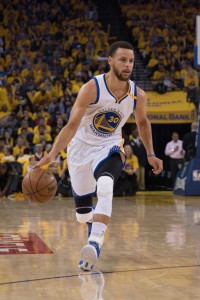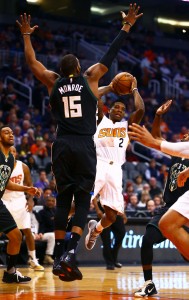Every week, the writing team at Hoops Rumors creates original content to complement our news feed. Here are our segments and features from the last 7 days:
- In several different Community Shootaround posts, we asked:
- Has the beginning of this season changed your opinion about some of the bigger offseason transactions?
- Is the Pistons‘ fast start for real or will the team fall back to earth?
- Is there anybody currently on the Bulls‘ roster who will be good enough to play in the Chicago-hosted 2020 NBA All-Star Game?
- Two former top ten picks are on the trading block. What team is the best fit for Jahlil Okafor? What about for Greg Monroe?
- Are the Thunder a contender in the Western Conference or has the beginning of this season unmasked too many flaws?
- In response to the trade that sent Eric Bledsoe to the Bucks, we polled our readers as to how they believe the trade will impact Milwaukee’s playoff chances and beyond this season.
- We analyzed the advent of the two-way contract by exploring how teams are and/or will be using these new contracts. As of today, 59 out of the 60 possible two-way positions are filled, with the Timberwolves being the lone franchise still with an open two-way slot.
- We took a look at the players eligible for veteran extensions until June 30, 2018.
- We explored five likely trade candidates whose contracts may make it difficult for them to be moved.
- Finally, we tallied up the NBA’s 40 highest-paid players (via salary only) in the league this season, led by Stephen Curry, who is making a mind-blowing $34.7MM this year.


